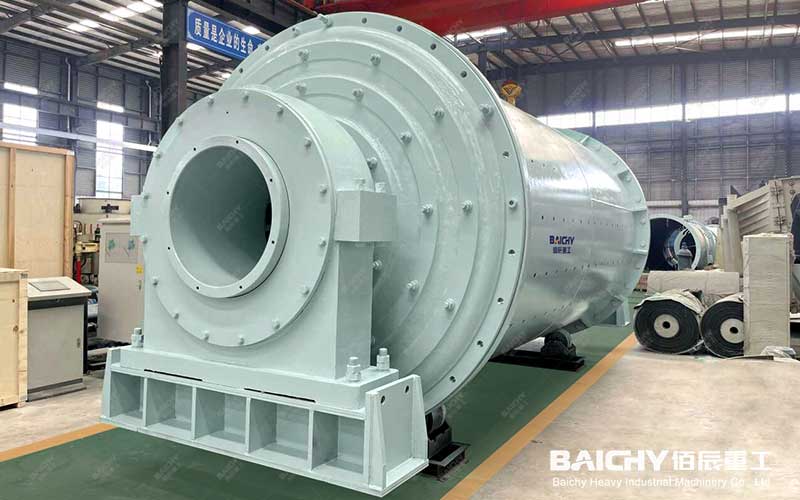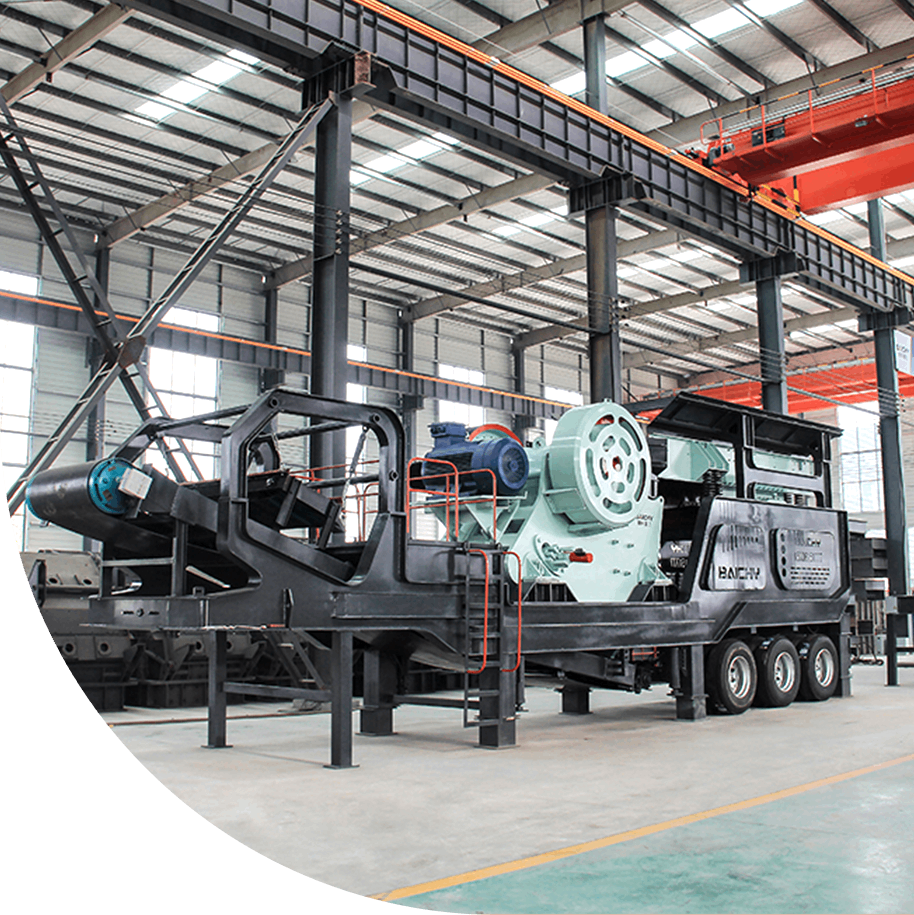
First, we need to clarify the basic functions and uses of ball mills, and then analyze the properties of talc, a specific substance, to determine whether the ball mill is suitable for grinding talc.
Functions of ball mills:
Ball mills are mainly used for grinding and mixing materials.
It achieves the grinding effect through the collision and friction between the grinding media (such as steel balls) in the rotating cylinder and the materials.
Properties of talc:
Talc is a layered silicate mineral with a layered structure and easy cleavage along the layers.
Talc often appears in block, blade, fiber or radial aggregates in nature, with a soft texture and various colors.
Applicability of ball mill for grinding talc:
Given the structural characteristics and physical properties of talc, it can theoretically be ground by a ball mill.
The layered structure and soft texture of talc mean that it will not put too much load on the ball mill during the grinding process.
The ground talc can be used in various industrial applications, such as papermaking, rubber, plastics, paints, coatings and other industries.
Ball mills can indeed be used to grind talc. In practical applications, it may be necessary to select the appropriate ball mill model and operating parameters according to the characteristics of talc and the required grinding fineness. At the same time, it may also be necessary to consider adding an appropriate amount of grinding aids or adjusting the type and amount of grinding media during the grinding process to achieve the best grinding effect.

Ball mills used to grind 50μm to 10μm talc powder need to select equipment that can accurately control the grinding fineness and have efficient grinding capabilities.
Ultrafine vertical mill
Features: three-dimensional structure, small footprint, high degree of automation, good quality and uniform finished fine powder, high sorting accuracy, high screening rate, and fineness can be adjusted arbitrarily according to needs (usually adjustable within the range of 3~45μm).
Applicable scenarios: Suitable for ultrafine grinding of talc powder, and can stably grind talc powder to a particle size range of 10~50μm.
Ball mill
Features: Based on the principle of planetary revolution and rotation, the grinding balls move at high speed in the grinding bowl, crushing the sample through high-energy friction and impact force. It can grind the sample to below the micron level in a short time, and it occupies a small area, which is suitable for workshops with limited space.
Advantages: High efficiency, precision, controllable grinding process, and easy to clean and maintain.
Applicable scenarios: Suitable for laboratory sample processing, as well as the fine grinding needs of talc powder in the fields of pharmaceuticals, new material preparation, etc.
The ball mill used to grind 50μm to 10μm talc powder can be an ultra-fine vertical mill or a small high-speed ball mill. When selecting equipment, factors such as grinding fineness, degree of automation, equipment material and after-sales service should be considered comprehensively. At the same time, during the grinding process, the safety operating procedures should be strictly followed, the equipment should be regularly maintained and maintained, and various process parameters should be strictly controlled to ensure product quality.











